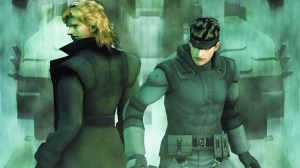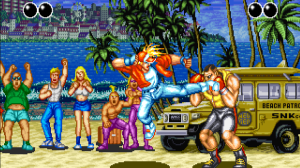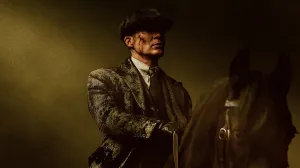For many gamers, the early 2000s were a golden age of gaming, thanks in part to the PlayStation 2. Every game felt like an adventure waiting to be discovered and like a complete experience. Before battle passes, DLC, and endless sequels, the PS2 was home to many incredible games. It became one of the most popular consoles and would go on to develop as a leading figure in the console wars. But that was over two decades ago, and players have now moved on to modern consoles like the Xbox Series X/S, PlayStation 2, and Nintendo Switch 2.
Videos by ComicBook.com
Many of these incredible games have faded into the background. Players have moved on to bigger games with flashier graphics and online multiplayer. These weren’t just good games; they were the backbone of an era. Let’s take a nostalgic journey back to the early 2000s and revisit five PlayStation 2 games you probably haven’t thought about in nearly 20 years, despite once adoring them.
5) Tenchu: Wrath of Heaven
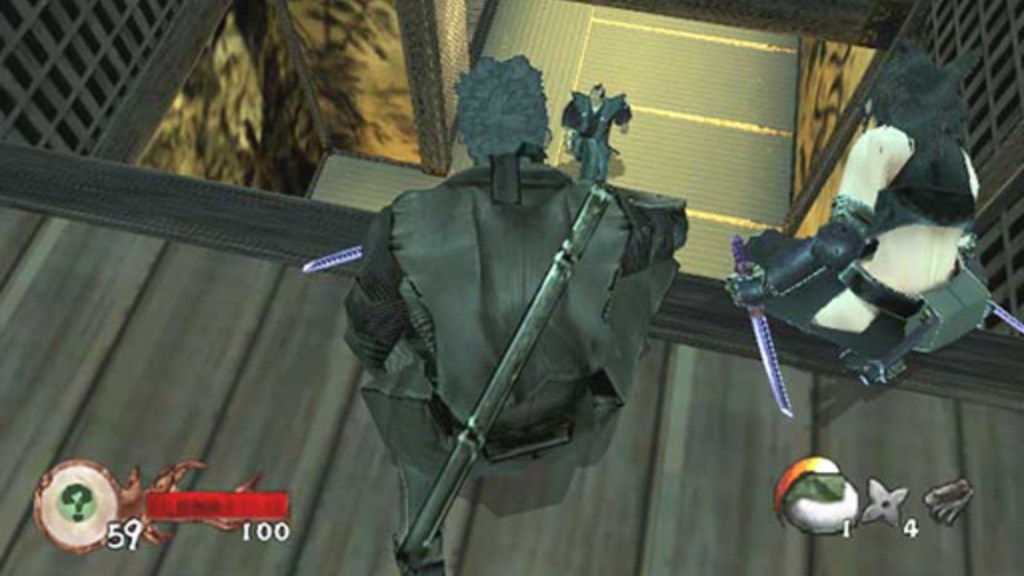
Before stealth games became synonymous with Assassin’s Creed or Metal Gear Solid, there was Tenchu: Wrath of Heaven. Released in 2003, Tenchu was a ninja simulator in the truest sense. It was all shadows, silence, and perfectly timed strikes. You didn’t storm through the level, cutting enemies down; you learned patterns and moved slowly to avoid detection. Every mission was a lesson in patience and precision.
Playing as Rikimaru or Ayame, you crept across rooftops, hid in the darkness, and performed one-hit stealth kills with deadly elegance. The sense of mastery when you pulled off a flawless assassination was unmatched. And unlike many games of the time, Tenchu rewarded you for not being seen, something that felt fresh and challenging.
What made Tenchu: Wrath of Heaven special was its atmosphere. The haunting soundtrack, moonlit temples, and eerie calm before a strike gave it an unforgettable tone. It was less about action and more about control, about being the unseen force of death. Modern stealth titles owe more to Tenchu than most players realize, and this forgotten gem has never truly gotten the recognition it deserves.
4) Red Faction
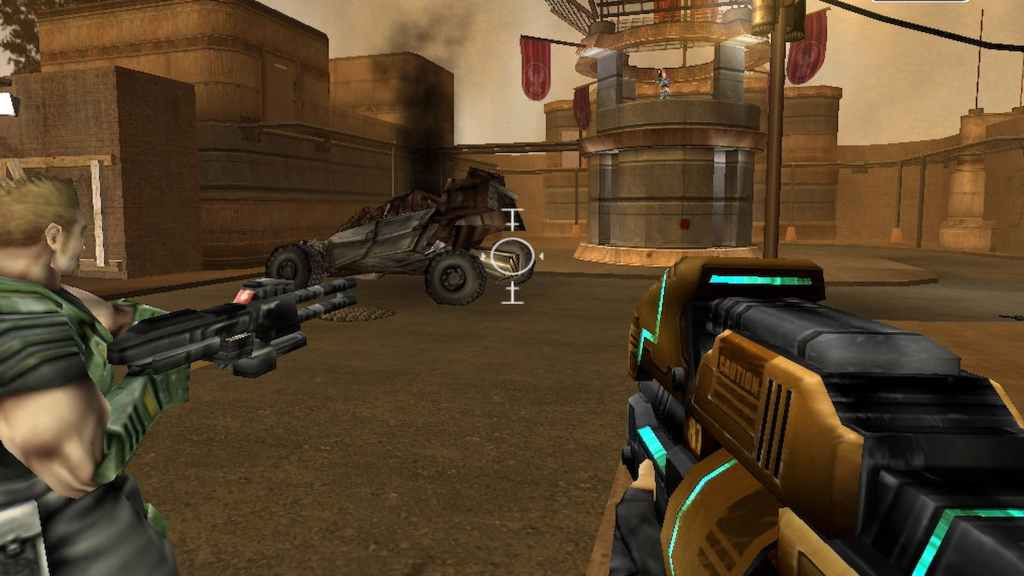
Long before destructible environments became a technical showpiece in shooters, Red Faction did it first. Battlefield certainly owes some of its destructive DNA to this title, which was released in 2001. Red Faction let players literally reshape the battlefield thanks to its revolutionary Geo-Mod engine. You could blast tunnels through walls, collapse ceilings, or dig your own escape routes through Martian rock.
In an era where shooters were mostly linear corridors, Red Faction let players forge their own path. Blasting through walls and doors with a rocket launcher was groundbreaking. Combine that with its gritty setting, a worker uprising on a corporate-run Mars, and you have a game that blended sci-fi, rebellion, and innovation perfectly.
The campaign was surprisingly cinematic for its time, and while multiplayer didn’t have the polish of Halo 2, it had heart. Split-screen deathmatches with destructible maps were pure chaos, the kind that made friendships both stronger and more fragile in the same night. Red Faction would go on to inspire sequels, most notably Red Faction: Guerrilla, and left an unmistakable mark on the FPS genre. It’s one of those games you might not have played in years, but immediately remember for one reason: you could blow up everything.
3) Ico
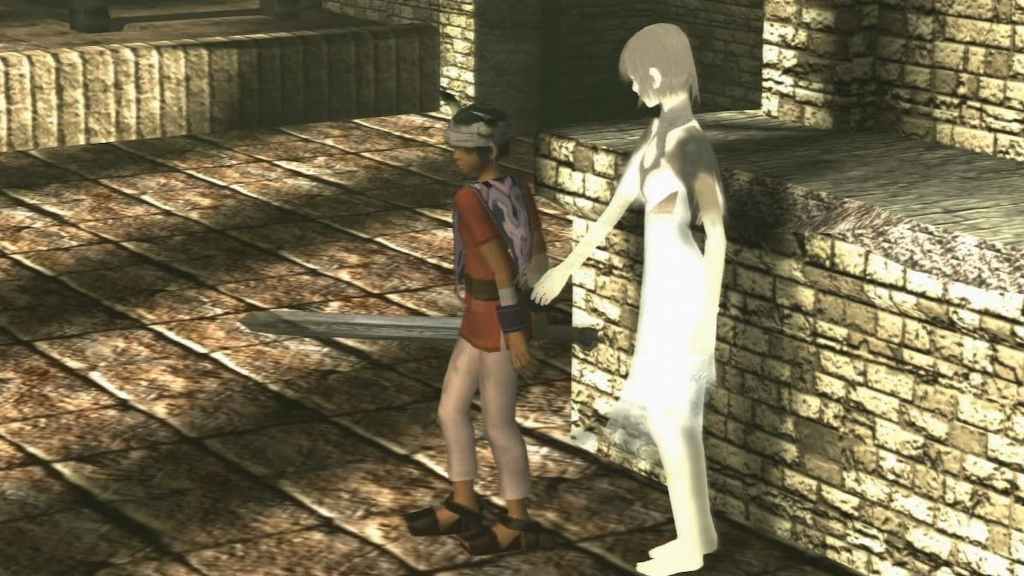
Released in 2001, Ico may not have gotten the acclaim Shadow of the Colossus did, but it was unlike anything else on the PlayStation 2. It wasn’t about high scores, explosions, or combat. Instead, it was about atmosphere, emotion, and quiet companionship. The magic of Ico wasn’t in what it said, but in what it didn’t. There was no HUD, no quest markers, no hand-holding — just two characters, a crumbling castle, and a bond that grew wordlessly. It was minimalist, melancholic, and deeply human.
You played as a young boy with horns, imprisoned in a mysterious castle, who escapes and befriends a fragile girl named Yorda. Together, you navigate puzzles, shadows, and towering architecture that feels both oppressive and breathtaking. The experience was something that stuck with gamers long after the credits rolled, leaving them wondering about the implications of its narrative.
Looking back, Ico was decades ahead of its time. Its DNA can be found in modern artful games like Journey, Inside, and The Last Guardian, which was developed as its spiritual successor. Ico proved that games could be poetic, that they could evoke emotion through design and atmosphere rather than exposition. It remains mostly forgotten today, but those who remember it do so fondly.
2) Xenosaga
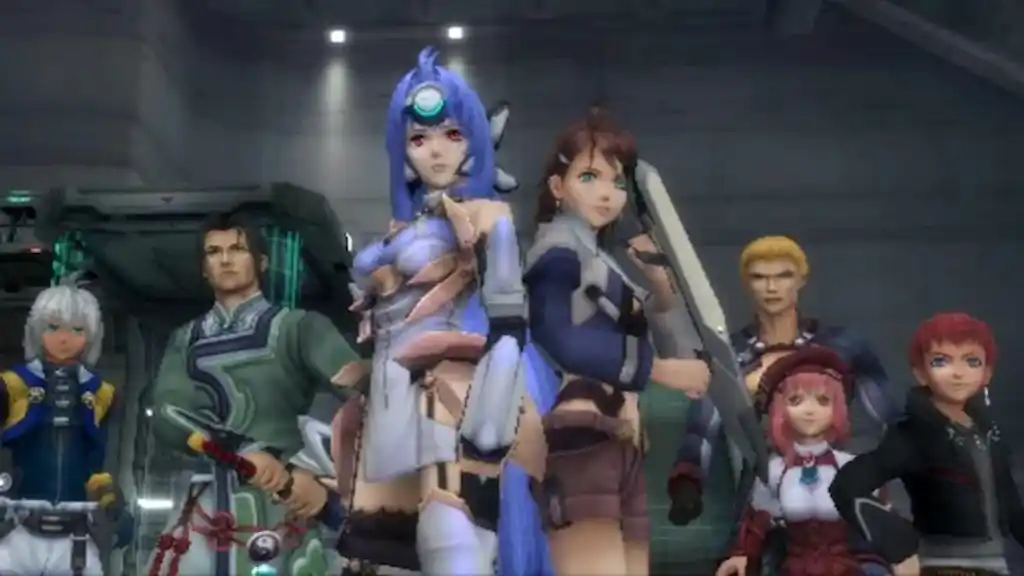
If you loved deep, lore-heavy RPGs like Final Fantasy X or Mass Effect, you probably remember Xenosaga and its ambitious sci-fi soul. It stemmed from Xenogear with Monolift Soft was its developer, and its DNA can be seen in Xenoblade Chronicles and sequels. It was a sprawling, philosophical epic that mixed mechs, theology, fantasy, and human emotion into one unforgettable story.
The series told a tale about humanity’s relationship with technology, faith, and its own existential fears. It followed Shion Uzuki, a scientist navigating interstellar politics, android companions, and mysterious alien entities. It was cerebral, dense, and unapologetically complex, a rare quality in mainstream games at the time. The cutscenes were long, sometimes infamously so, but they were rich with character development and meaning. And the combat system blended turn-based strategy and cinematic flair that feels like a precursor to Clair Obscur: Expedition 33.
While Xenosaga never became a household name, its influence quietly lives on. Monolith Soft carried much of its spirit into Xenoblade Chronicles, and the series has earned a cult following among RPG fans who crave depth and narrative ambition. It showcased Monolith Soft’s creative talent and put them on the map. Now, the studio is one of the biggest names under Nintendo’s umbrella.
1) Dark Cloud

If there’s one PlayStation 2 game that perfectly captures the feeling of wonder and creativity, it’s Dark Cloud. Released in 2000, this Level-5 gem blended dungeon crawling, city building, and storytelling into something magical. It was often described as “Zelda meets SimCity,” and that comparison still fits perfectly. Its sequel, Dark Cloud 2, refined every mechanic, but it was the original that laid the foundation.
You played as Toan, a young adventurer tasked with rebuilding the world after it’s shattered into pieces by an evil genie. Each dungeon you explored wasn’t just about combat; it was about recovery. Every treasure chest, every monster defeated, brought back fragments of towns, houses, and people you could literally rebuild piece by piece.
That sense of progress, watching a barren landscape come back to life, made Dark Cloud deeply rewarding. Add in weapon customization, charming characters, and a surprisingly emotional story, and it’s no wonder players still talk about it fondly today. In many ways, Dark Cloud was a preview of the creativity-driven RPGs we see today in games like Dragon Quest Builders and Ni no Kuni. If there’s one PS2 game that deserves a modern revival, it’s this one.
What do you think? Leave a comment below and join the conversation now in the ComicBook Forum!

